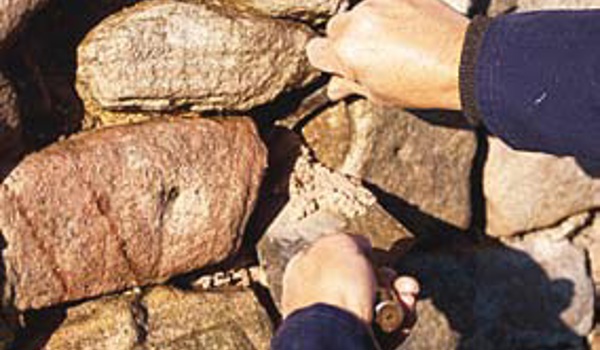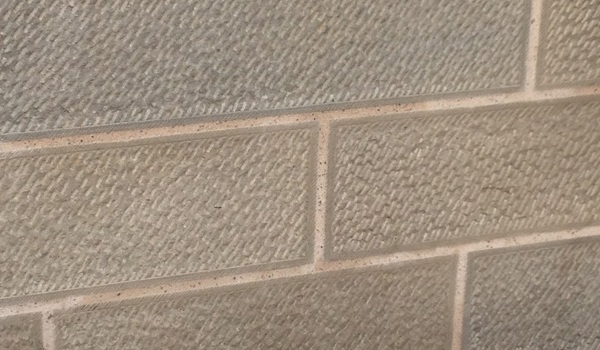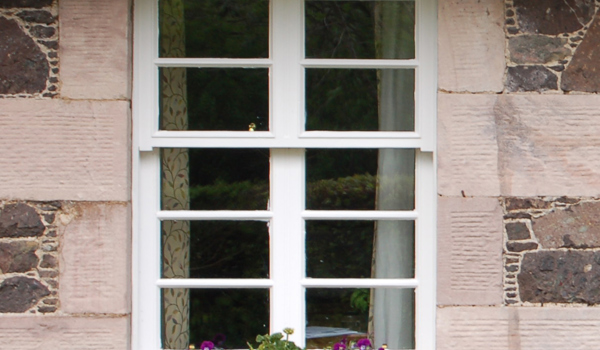How to deal with damp in walls
Overview
Overview
Traditional buildings can be prone to damp problems if not properly maintained. ‘Damp’ is the catch-all term for the various forms of decay that can result if moisture levels are too high.
Signs of damp include:
- surface staining
- mould
- stale air
Later modifications are another of the common causes of damp in traditional buildings. Modern homes rely on waterproof barriers to protect against moisture, but a traditional building must be able to breathe to let moisture out.
You can stop serious problems from getting worse by:
- looking out for any signs of water entering your property
- carrying out regular maintenance to keep your property watertight
It's important to inspect your roof and check your rainwater goods regularly. Checking your roofing leadwork, chimney, drainage and walls should also be on your list. If a damp problem doesn't stem from any of these areas, the problem may be internal.
To properly fix a damp problem, it’s vital to find its source. If the source isn’t treated, or the problem is incorrectly diagnosed, the original problem will continue to develop.
You must let affected areas dry out thoroughly before remedial work is carried out, but this doesn't always require the removal of lining material and plasterwork.
- Next
-
Common causes of damp





